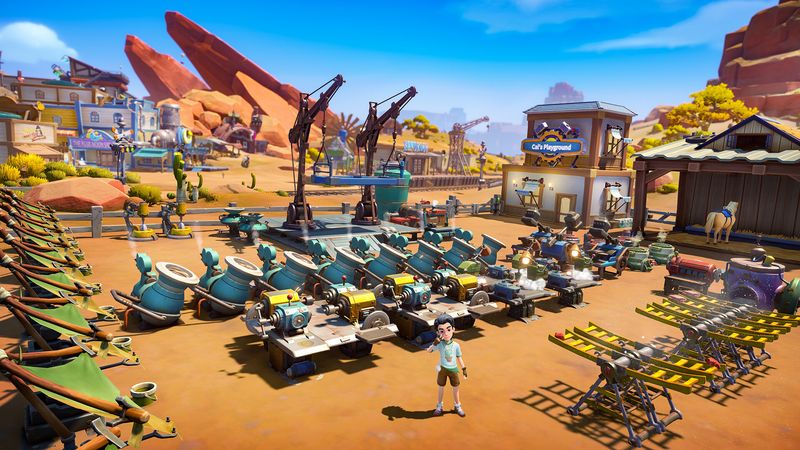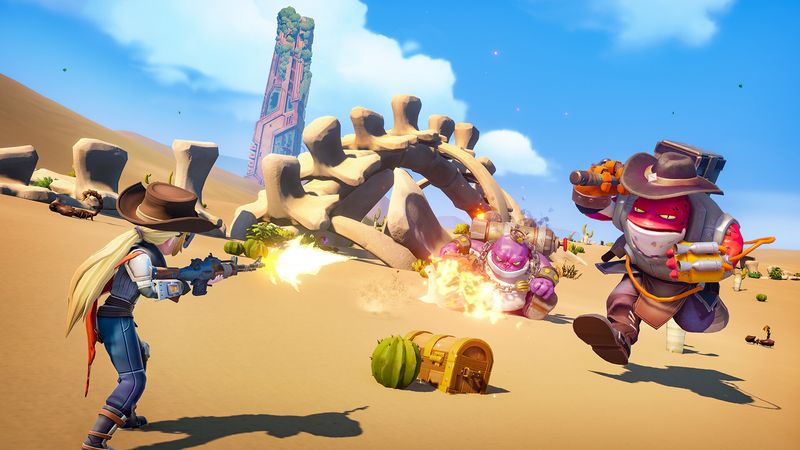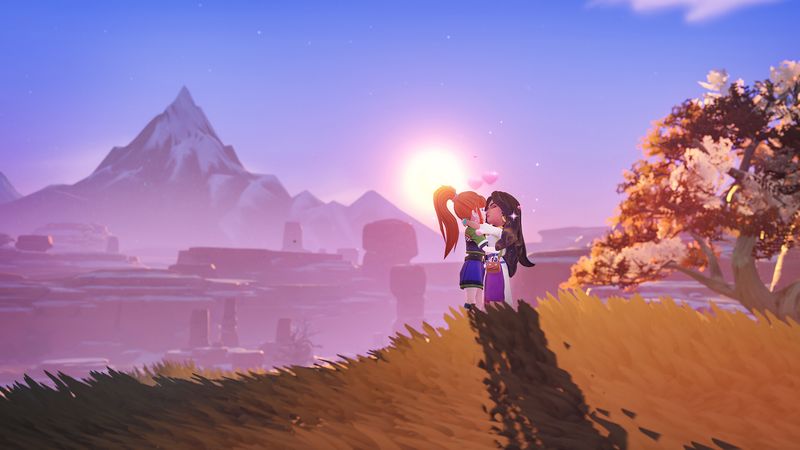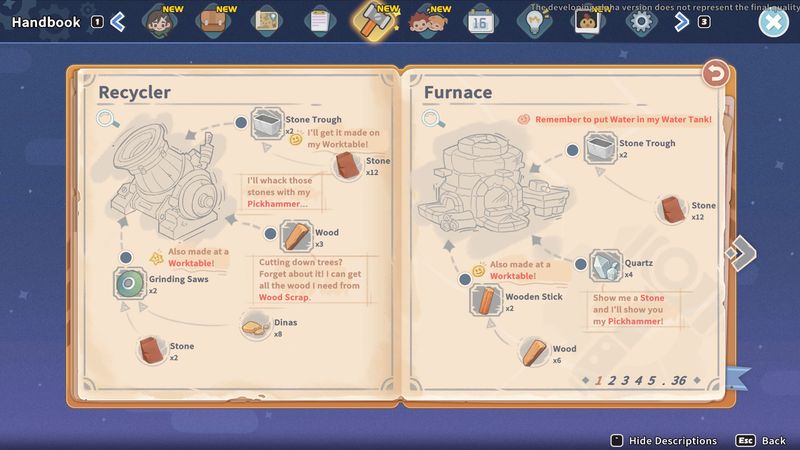My Time at Sandrock is a pleasant surprise that mixes resource management, building, and role-playing into a fresh experience. As an experienced player, I enjoy games that make me think and adapt. This title from Pathea Games doesn’t hold back. It tests your planning skills while drawing you into a world that is tough yet welcoming.
Overall Impression
I started My Time at Sandrock with both excitement and resolve. The game lets you turn a run-down workshop into a busy production hub. I loved having the power to shape the town’s future with my own hands. Still, as with any ambitious game, there are some tough spots.

Gameplay Mechanics
At its core, gameplay hinges on gathering resources and constructing intricate machines. My role as a fledgling Builder feels tangible; every decision is critical and the mechanics are deep. I refined my strategies over several play sessions, learning that success comes from efficient resource management and timely upgrades. Gathering, mining, and combat systems work seamlessly together to create a layered experience.
However, one recurring issue marred my otherwise rigorous exploration. A persistent problem with the Steam Cloud save resulted in lost progress on more than one occasion. I found myself frustrated after investing hours into the game only to discover missing in-game days. This bug is disheartening for players who invest time reaching nearly 50 hours and beyond. I suspect that the error may be related to limitations in Steam’s cloud syncing capabilities, yet I await further patches from Pathea Games to resolve these issues. Even so, the overall mechanics remain satisfying. The resource gathering and crafting systems are intricate enough to keep any hardcore gamer engaged and eager for the next breakthrough.

Story and Characters
My experience has been enriched by the strong narrative that runs subtly behind each construction project and every new friendship formed. The character designs and dialogue within the game add a distinctive charm. I appreciated the interplay among the town’s citizens. Their backstories create memorable moments that blend humor and drama gracefully. Unique character traits—like the quirky twink cowboys and morally ambiguous yakboys—inject personality and zest into the storyline. The humor is dry and elaborate, standing out from the conventional tropes found in similar games. The narrative approach mirrors that of titles like Portia and Rune Factory, yet it uniquely fits the desert ambiance of Sandrock.
Visuals and Graphics
The visual style of My Time at Sandrock is sublime. The game’s graphics deliver a comforting yet rugged aesthetic, perfect for a desert setting. Warm, earthy tones dominate, adding realism and life to the desolation of Sandrock. The artistic style feels both polished and distinct. Each frame reflects the developer’s commitment to crafting an immersive world. The detailed environments encourage exploration, and I found new details in every new corner of the map. Simple animations and environmental effects work in sync to keep the tones lively.

Sound and Music
Sound design is another strong suit of this title. The soundtrack compliments the vast, open desert with tracks that evoke both wonder and a hint of melancholy. Sound effects during resource gathering and crafting sessions are crisp and precise, instilling additional feedback with each action. I also appreciated the dedication to voice acting that further fleshes out the character’s personalities. In intense gameplay sequences or moments of reflective solitude, the music plays an integral role in maintaining immersion.
Difficulty and Replayability
On the subject of challenges, the game presents a balanced difficulty curve that is mindful of both casual and hard-core gamers. There are moments that require tactical problem solving in resource management and quick decision-making during the combat phases. Yet, these elements are interspersed with calm and strategic planning during construction. My review aligns with that of other long-time players who have committed over 1000 hours to this title. However, for newcomers, the challenge may seem daunting at first. I recommend taking the gradual learning curve as a puzzle to solve, rather than a chore. Its replayability emanates from branching storylines and the satisfaction of continuous town improvement. Each revisit feels like a new challenge where minor adjustments in strategy can lead to better outcomes.

Behind-The-Scenes
Pathea Games has consistently shown dedication to their projects. Their focus on community feedback is evident in the frequent updates and thoughtful tweaks. Although some technical hiccups exist, notably the cloud saving issue, the developers have proven themselves capable and responsive. I remain optimistic that forthcoming updates will address the synchronization glitches. Knowing that developers truly care for the game and its fans makes me want to champion its potential even further.
Final Thoughts
Despite its minor missteps, My Time at Sandrock robustly delivers on its promise. The game is a meticulous fusion of strategy, creative building, and vibrant storytelling. Every component feels in place, merging into a final product that is greater than the sum of its parts. While the lost progress issue can be exasperating, it pales in comparison to the vast, overall positive experience that the game provides.

In comparing My Time at Sandrock to other titles in the genre, it stands as a bold step forward. It diverges from the overly simplistic resource management systems seen in similar games. Instead, it takes risks in nurturing character relationships and developing an engaging narrative. The complexity of its gameplay encourages tactical planning while rewarding perseverance. Even experienced gamers, like myself, find new strategies waiting to be discovered in the thick layers of gameplay.
Conclusion
My Time at Sandrock is a well-crafted journey into the realms of resource management and storytelling. Its intricate crafting mechanics, memorable characters, and captivating visuals set it apart. I enthusiastically recommend this title to anyone willing to invest in its strategy and depth. The challenges remain manageable and the losing progress bug—while significant—is fixable with supportive patches from a committed developer team.

Given all that I encountered, I award My Time at Sandrock 4 out of 5 stars. With further refinements to its save mechanics, it is poised to be a perennial favorite among dedicated gamers in the competitive and complex world of simulation and role-playing games. As I continue to explore the sandy dunes and bustling workshops, I remain eager for Sandrock’s evolution, confident that it will only improve with time.

